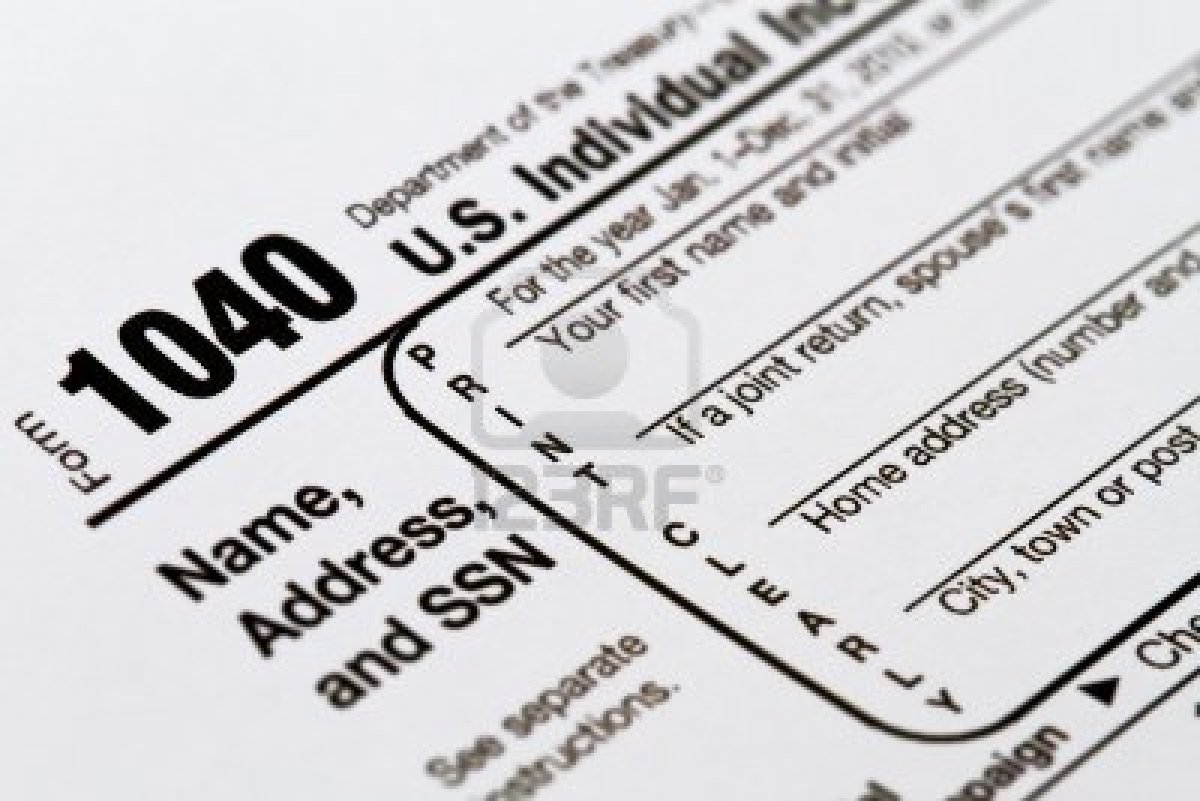Technology
IRS Told to Crack Down on Non-Filers
Generally, individuals are required to submit personal tax returns to the IRS by April 15h, or October 15th if an extension is requested. As part of its overall enforcement strategy, the IRS attempts to identify and notify taxpayers who do not file a ...
Oct. 30, 2016

The IRS is known for chasing down tax cheats. But now a new report from the Treasurer Inspector General for Tax Administration (TIGTA), the arm of the Treasury Department with oversight of the nation’s tax collection agency, says the IRS has to do a better job of corralling non-filers (“Improvements to the Nonfiler Program Could Help the Internal Revenue Service More Effectively Address Additional Nonfilers Owing Billions of Dollars in Taxes,” TIGTA Ref. No. 2016-30-085, 9/23/16).
Generally, individuals are required to submit personal tax returns to the IRS by April 15h, or October 15th if an extension is requested. As part of its overall enforcement strategy, the IRS attempts to identify and notify taxpayers who do not file a tax return by the extended due date. Typically, it will issue delinquency notices to more than 640,000 non-filers with expired extensions each year.
TIGTA conducted an audit to determine if the IRS is effectively enforcing the tax filing rules for taxpayers with extensions. Although the processes are mostly automated, it found that the IRS failed to identify and address approximately 1.9 million nonfilers with expired extensions for Tax Year 2012 (TY2012) and TY2013. The foul-ups were attributed to programming errors. As of May 2016, those taxpayers still owed an estimated $7.4 billion in tax, a staggering amount.
Furthermore, in TY2013 IRS management canceled this process for all taxpayers with expired extensions. Because the non-filer process is operated on a stand-alone basis for each tax year, TIGTA notes that the majority of the nonfilers with expired extensions in TY2012 and TY2013 will likely never be notified of their obligation and failure to file a tax return.
The IRS identified high-income nonfilers as both a high compliance risk and one of the top eight high-priority areas in its annual work plan, but none of the high-income nonfilers with expired extensions were notified of their delinquency in TY2012 or TY2013.
In February 2014, the IRS revised its nonfiler strategy and outlined its goals to increase compliance. But TIGTA isn’t impressed with the results to this point. As of July 2016, the IRS has not implemented any of the proposed nonfiler initiatives. In addition, the nonfiler strategy did not outline any specific actions for improving the compliance rate, including how to reach more of the non-filers identified annually and determining the effectiveness of delinquency notices in an effort to increase the response rate.
“With effective program management controls, the IRS can identify and address delinquent individual taxpayers with expired extensions of time to file,” said J. Russell George, the Treasury Inspector General for Tax Administration, in a TIGTA press release. “This is essential for the high compliance risk area of nonfiling.”
TIGTA is recommending that the IRS change various collection function and information technology controls, tools, as well as procedures to improve the nonfiler program. For its part, IRS management agrees with TIGTA’s recommendations and says that it plans to take corrective actions. However, it remains to be seen how the tax collection agency, which is already overworked and under-budgeted, will be able to improve compliance among non-filers.
